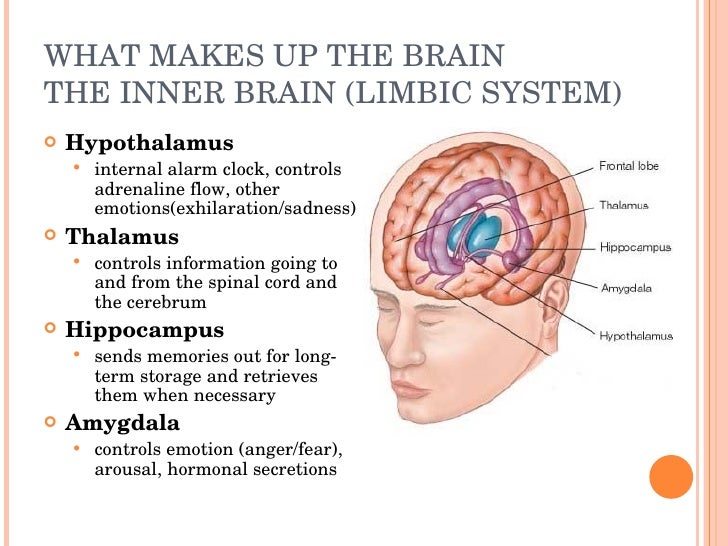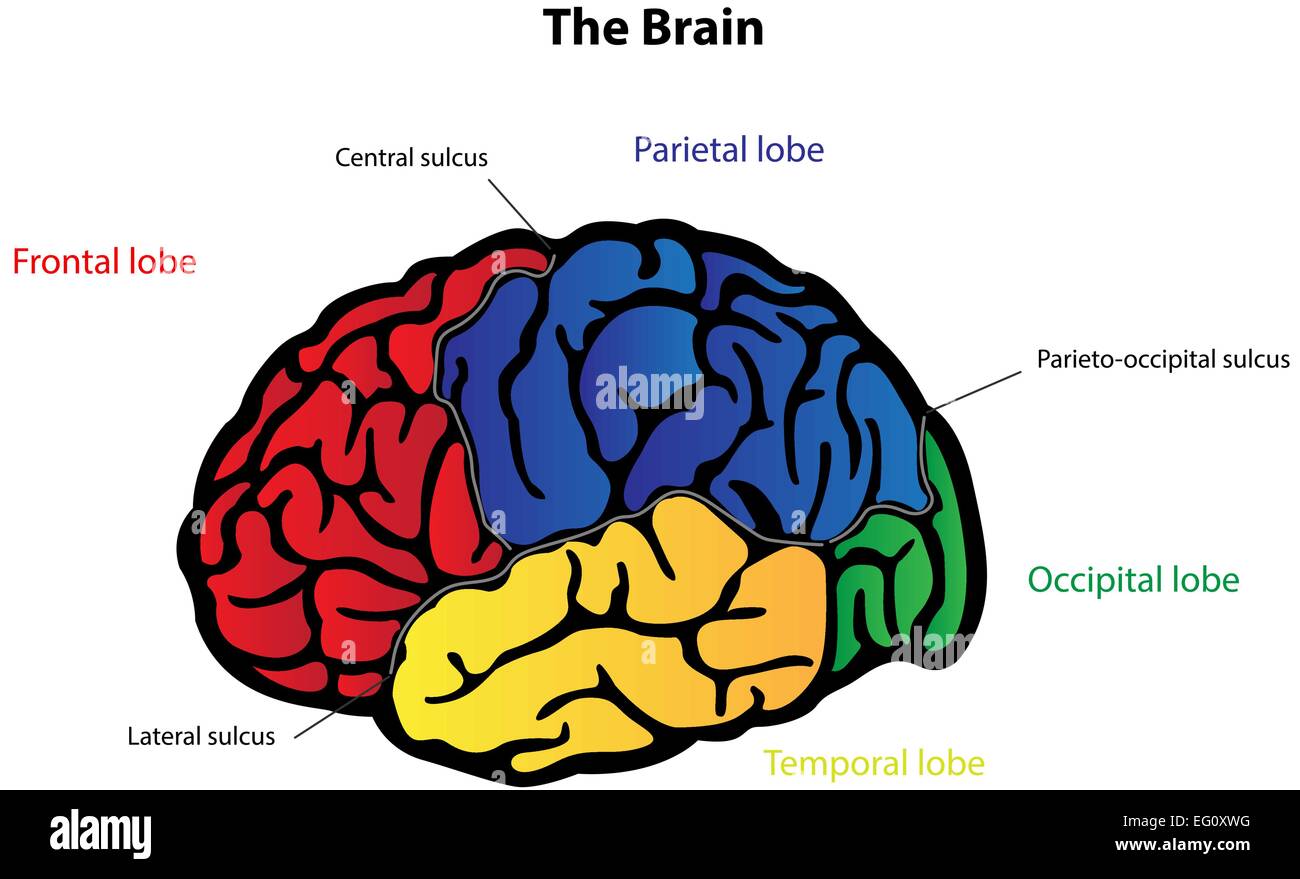The Brain 8
Anatomy of the Brain
The anatomy of the brain is complex due its intricate structure and function. This amazing organ acts as a control center by receiving, interpreting, and directing sensory information throughout the body. The brain and spinal cord are the two main structures of the central nervous system. There are three major divisions of the brain. They are the forebrain, the midbrain, and the hindbrain.
The brain has three main parts: the cerebrum, cerebellum and brainstem. Cerebrum: is the largest part of the brain and is composed of right and left hemispheres. It performs higher functions like interpreting touch, vision and hearing, as well as speech, reasoning, emotions, learning, and fine control of movement.
Key Takeaways
Is The Brain 80% Water
- The forebrain, the midbrain, and the hindbrain are the three main parts of the brain.
- The forebrain has two major parts called the diencephalon and the telencephalon. The forebrain is responsible for a number of functions related to thinking, perceiving, and evaluating sensory information.
- The midbrain, also called the mesencephalon, connects the hindbrain and the forebrain. It is associated with motor functions and auditory and visual responses.
- The hindbrain contains both the metencephalon and the myelencephalon. The hindbrain is associated with balance and equilibrium and the coordination of movement along with autonomic functions like our breathing and our heart rate.
- Both the midbrain and the hindbrain make up the brainstem.

Brain Divisions
The forebrain is the division of the brain that is responsible for a variety of functions including receiving and processing sensory information, thinking, perceiving, producing and understanding language, and controlling motor function. There are two major divisions of forebrain: the diencephalon and the telencephalon. The diencephalon contains structures such as the thalamus and hypothalamus which are responsible for such functions as motor control, relaying sensory information, and controlling autonomic functions. The telencephalon contains the largest part of the brain, the cerebrum. Most of the actual information processing in the brain takes place in the cerebral cortex.
The midbrain and the hindbrain together make up the brainstem. The midbrain or mesencephalon, is the portion of the brainstem that connects the hindbrain and the forebrain. This region of the brain is involved in auditory and visual responses as well as motor function.
The hindbrain extends from the spinal cord and is composed of the metencephalon and myelencephalon. The metencephalon contains structures such as the pons and cerebellum. These regions assists in maintaining balance and equilibrium, movement coordination, and the conduction of sensory information. The myelencephalon is composed of the medulla oblongata which is responsible for controlling such autonomic functions as breathing, heart rate, and digestion.
Anatomy of the Brain: Structures
The brain contains various structures that have a multitude of functions. Below is a list of major structures of the brain and some of their functions.
Basal Ganglia
- Involved in cognition and voluntary movement
- Diseases related to damages of this area are Parkinson's and Huntington's
- Relays information between the peripheral nerves and spinal cord to the upper parts of the brain
- Consists of the midbrain, medulla oblongata, and the pons
- Speech production
- Understanding language
- Deep grove that separates the parietal and frontal lobes
- Controls movement coordination
- Maintains balance and equilibrium
- Outer portion (1.5mm to 5mm) of the cerebrum
- Receives and processes sensory information
- Divided into cerebral cortex lobes
- Frontal Lobes -involved with decision-making, problem solving, and planning
- Occipital Lobes-involved with vision and color recognition
- Parietal Lobes - receives and processes sensory information
- Temporal Lobes - involved with emotional responses, memory, and speech
- Largest portion of the brain
- Consists of folded bulges called gyri that create deep furrows
- Thick band of fibers that connects the left and right brain hemispheres
- Twelve pairs of nerves that originate in the brain, exit the skull, and lead to the head, neck and torso
- Deep grove that separates the parietal and temporal lobes
- Amygdala - involved in emotional responses, hormonal secretions, and memory
- Cingulate Gyrus - a fold in the brain involved with sensory input concerning emotions and the regulation of aggressive behavior
- Fornix - an arching, fibrous band of white matter axons (nerve fibers) that connect the hippocampus to the hypothalamus
- Hippocampus - sends memories out to the appropriate part of the cerebral hemisphere for long-term storage and retrieves them when necessary
- Hypothalamus - directs a multitude of important functions such as body temperature, hunger, and homeostasis
- Olfactory Cortex - receives sensory information from the olfactory bulb and is involved in the identification of odors
- Thalamus - mass of gray matter cells that relay sensory signals to and from the spinal cord and the cerebrum
- Lower part of the brainstem that helps to control autonomic functions
- Membranes that cover and protect the brain and spinal cord
- Bulb-shaped end of the olfactory lobe
- Involved in the sense of smell
- Endocrine gland involved in biological rhythms
- Secretes the hormone melatonin

- Endocrine gland involved in homeostasis
- Regulates other endocrine glands
- Relays sensory information between the cerebrum and cerebellum
- Region of the brain where spoken language is understood
Midbrain
Cerebral Peduncle
- anterior portion of the midbrain consisting of large bundles of nerve fiber tracts that connect the forebrain to the hindbrain
Reticular Formation
- Nerve fibers located inside the brainstem and a component of the tegmentum (midbrain)
- Regulates awareness and sleep
Substantia Nigra
- Helps to control voluntary movement and regulates mood (midbrain)
Tectum
- The dorsal region of the mesencephalon (midbrain)
- Assists in visual and auditory reflexes
Tegmentum
- The ventral region of the mesencephalon (midbrain)
- Includes the reticular formation and the red nucleus
Brain Ventricles
Ventricular System - connecting system of internal brain cavities filled with cerebrospinal fluid
- Aqueduct of Sylvius - canal that is located between the third ventricle and the fourth ventricle
- Choroid Plexus - produces cerebrospinal fluid
- Fourth Ventricle - canal that runs between the pons, medulla oblongata, and the cerebellum
- Lateral Ventricle - largest of the ventricles and located in both brain hemispheres
- Third Ventricle - provides a pathway for cerebrospinal fluid to flow
More About the Brain
For additional information about the brain, see Divisions of the Brain. Would you like to test your knowledge of the human brain? Take the Human Brain Quiz!
Smoking cannabis ages the brain by an average of 2.8 years, new research suggests.
This is compared to four years in schizophrenia patients, according to the largest study of its kind. Brain ageing is defined as reduced blood flow through the organ.
Excessive alcohol also ages the organ by 0.6 years, the research adds.
Lead author Dr Daniel Amen, founder of Amen Clinics, said: 'The cannabis abuse finding was especially important, as our culture is starting to see marijuana as an innocuous substance. This study should give us pause about it.'
Reduced brain blood flow has previously been linked to stroke and dementia.
Smoking cannabis ages the brain by an average of 2.8 years, research suggests (stock)
Share this article
IS MEDICAL CANNABIS LEGAL IN THE UK?
Medical cannabis will be available on prescription in the UK after it was approved by the Government in July 2018.
Doctors will be able to prescribe medicine derived from marijuana 'by the autumn', the Home Office announced.
Home secretary, Sajid Javid, said: 'Following advice from two sets of independent advisors, I have taken the decision to reschedule cannabis-derived medicinal products – meaning they will be available on prescription.
'This will help patients with an exceptional clinical need.'
Mr Javid added it is 'in no way a first step to the legalisation of cannabis for recreational use.'
This comes after he granted an exceptional licence for Alfie Dingley, six, and Billy Caldwell, 12, to use cannabis for their epilepsy.
Possession of the class B drug will still carry an unlimited fine and up to five years in jail, while dealers face 14 years in prison.
How the research was carried out
The researchers analysed 62,454 brains scans from 31,227 people.
The scans, which were collected during both rest and concentration, were taken from people aged between nine months and 105 years old to determine factors that contribute to brain ageing.
The scientists analysed the blood flow through 128 regions of each brain to determine how old they thought the individual was.
Once they learnt the person's actual age, they were able to measure the rate of accelerated ageing.
The Brain 8 Keygen
Dr George Perry, from the University of Texas, San Antonio, who was not involved in the study, said: 'This is one of the first population-based imaging studies, and these large studies are essential to answer how to maintain brain structure and function during ageing.'
'We can track disorders and behaviours that age the brain'
Results further suggest bipolar disorder accelerates brain ageing by 1.6 years, while attention deficit hyperactivity disorder (ADHD) speeds it up by 1.4 years.
Perhaps surprisingly, no link was found between depression and brain ageing. The researchers believe the mental-health condition may affect different parts of the brain to disorders such as ADHD and schizophrenia.

Dr Amen said: 'Based on one of the largest brain imaging studies ever done, we can now track common disorders and behaviours that prematurely age the brain.
'Better treatment of these disorders can slow or even halt the process of brain ageing.'
Study author Sachit Egan, from Google, added: 'This paper represents an important step forward in our understanding of how the brain operates throughout the lifespan.
'The results indicate that we can predict an individual's age based on patterns of cerebral blood flow.
'Additionally, groundwork has been laid to further explore how common psychiatric disorders can influence healthy patterns of cerebral blood flow.'
The findings were published in the Journal of Alzheimer’s Disease.